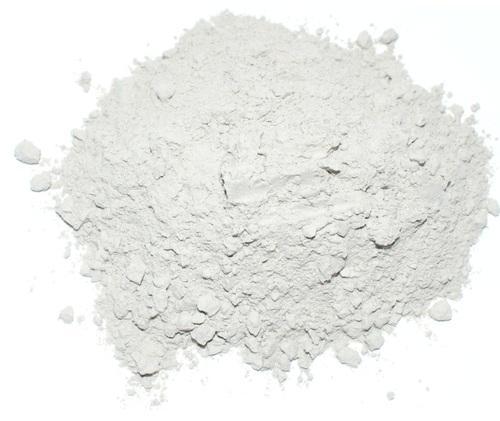Nanoclays are nanoparticles/nanopowder of layered mineral silicates optimized for use in clay nanocomposites– multi-functional material systems with several property enhancements.
Nanoclays are a broad class of naturally occurring inorganic minerals. Nanoclays are the most commonly used commercial additive for the preparation of nanocomposites, accounting for nearly 80% of the volume used. And depending on chemical composition and nanoparticle/nanopowder morphology, nanoclays are organized into several classes such as montmorillonite, bentonite, kaolinite, hectorite, and halloysite of which plate-like montmorillonite is the most commonly used in materials applications.
Montmorillonite nanoclay consists of ~ 1 nm thick aluminosilicate layers surface-substituted with metal cations and stacked in ~ 10 µm-sized multilayer stacks. Even at low nanoclay loading (a few weight %),the entire nanocomposite consists of interfacial polymer, with majority of polymer chains residing in close contact with the clay surface. This can dramatically alter properties of a nanocomposite compared to the pure polymer. Potential benefits include increased mechanical strength, decreased gas permeability, superior flame-resistance, and even enhanced transparency when dispersed nanoclay plates suppress polymer crystallization. Depending on surface modification of the nanoclay layers, montmorillonite can be dispersed in a polymer matrix to form polymer-clay nanocomposite, which are an especially well-researched class of such materials. Within the nanocomposite individual nm-thick clay layers become fully separated to form plate-like nanoparticles/nanopowder with very high (nm × µm) aspect ratio.
Organically-modified nanoclays (organoclays) are an attractive class of hybrid organic-inorganic nanomaterials with potential uses in polymer nanocomposites, as rheological modifiers, gas absorbents and drug delivery carriers.

Nanoclays are used to slow the progress of water through soil or rocks;
Nanoclays are used in drilling muds to give the water greater viscosity;
Nanoclays are used as an absorbent to purify and decolor liquids;
Nanoclays are used as a filler in paper and rubber;
Nanoclays are used as a base for cosmetics and medicines.
Comments
Post a Comment